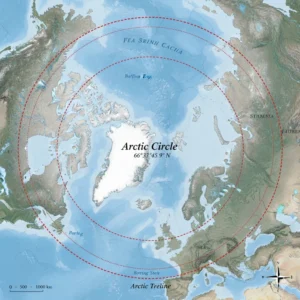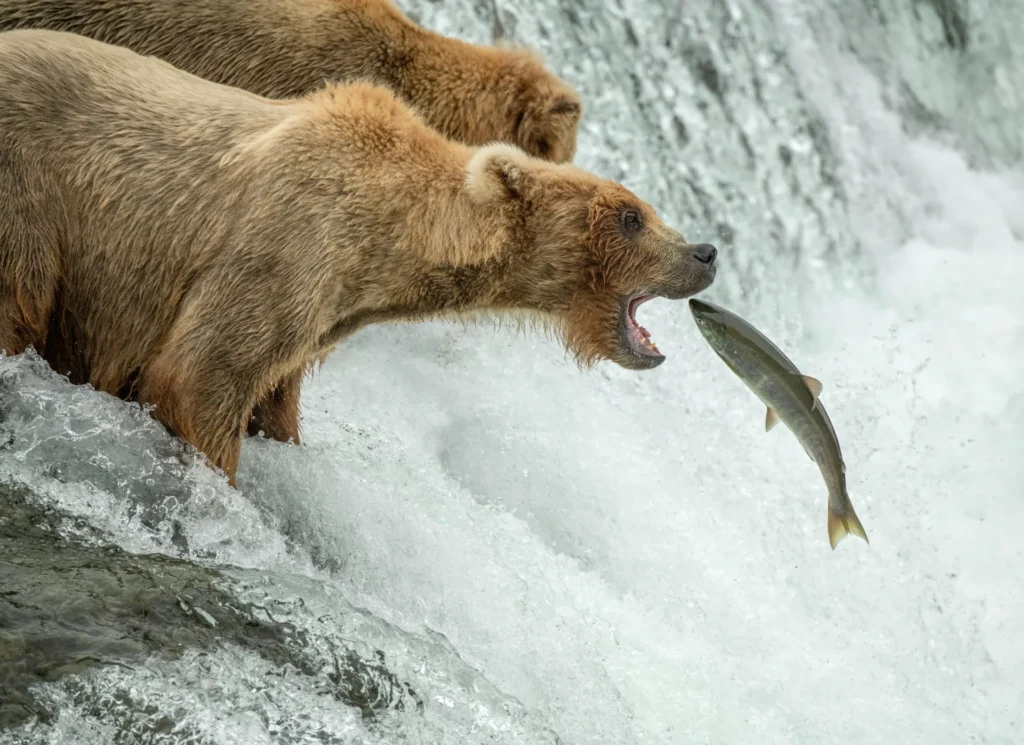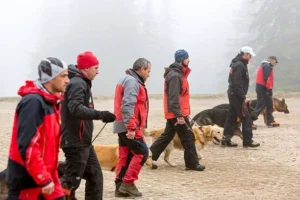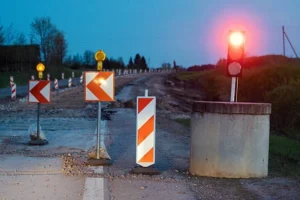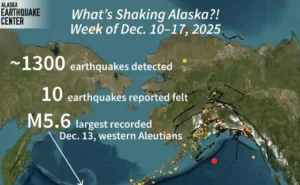Alaska officials are reminding anglers to stop chopping and throw fish remains properly to reduce danger from bears. Bears actively seek fish waste, making discarded entrails and carcasses along riverbanks or in dumpsters dangerous for everyone nearby.
Authorities advise cleaning the fish only at designated stations or homes where waste can be stored securely until garbage collection day. If filleting near water, anglers should chop carcasses into pieces and toss them into deep, fast-moving currents far from shorelines.
Leaving fish remains in shallow water, bushes, or trash can attract bears even in developed towns and residential neighbourhoods. People should freeze fish waste until garbage day at home instead of placing it in an outdoor trash can for days.
After catching a fish, anglers should immediately kill it and bleed it in the water to avoid spreading blood on nearby surfaces. Blood and slime on clothes on riverbanks or campgrounds increase risk by signalling food sources to bears in the area.
Fish should be stored in a bear-proof container with ice. Standard coolers are not considered safe unless closely monitored. If using a stringer, keep fish in the water within twelve feet to maintain freshness and prevent bear attraction.
Leaving fish unattended on riverbanks or in woods invites bears and degrades the meat quality for future consumption. Boaters should keep caught fish inside their boats and remain nearby to respond if a bear approaches the shoreline.
When camping, anglers must secure food, garbage, and scented items in bear-proof containers or vehicles, not in their tents. In remote areas, officials recommend burning trash or storing it in packable bear-resistant containers if there are no dumpsters.



